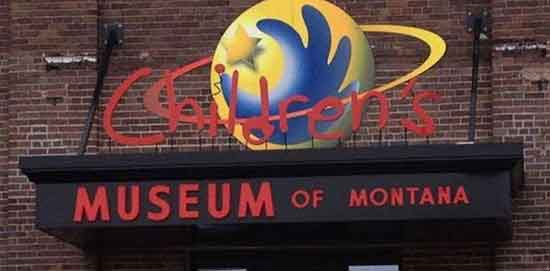Many people say the City must do something about too many casinos in this town. The first thing I ask an anti-casino person who drinks alcohol is this: have you ever protested a new bar? No? Oh, so it’s the other guy’s vice you aren’t comfortable with. Because I can make an argument that alcohol…
Category: City Commission
Cracking The River City Echo Chamber
“We created an echo chamber,” he admitted, when I asked him to explain the onslaught of freshly minted experts cheerleading for the deal. “They were saying things that validated what we had given them to say.” – Ben Rhodes, former deputy national security advisor to President Barack Obama, in the New York Times Magazine. While…
Nativism Alive And Well On The Great Falls City Commission
Great Falls City Commissioner Tracy Houck, a partisan Democrat from Pennyslvania, wrote an amusing letter-to-the-editor, slamming Republican Greg Gianforte for allegedly not representing “Montanan” values. Supporting Rob Quist, Houck writes in today’s Tribune: We have seen him understand our values, our needs and our experiences and turn them into song. While one’s ability to fashion values into…
Tryon: Wages, Population Stagnant; City Taxes And Utilities Up
With the City of Great Falls moving past the financial fiasco of the $5,553,054 bailout (decrease in unassigned General Fund balance) in 2013 to cover the electric power business (see City 2014 CAFR Financial section, p. 14), the City’s financial position has improved, but the needs of the City are still great. The façade of the…
Small Town, Big Government?
After a lively couple of weeks, the City has decided — in advance of its previously scheduled March 6 meeting — that the Children’s Museum will not have to pack up and move, at least for now. The fiasco surrounding the CMOM highlighted a larger issue, though: the City’s desire to grow our government. Let’s take a look at some recent statements…
A Good Letter To The Editor In The Tribune
A thoughtful letter-to-the-editor recently ran in the Tribune, one that made us wonder: What if the Trump administration did this? What would be the resultant backlash then? Here’s the letter in its entirety: City ordinance goes too far Great Falls Ordinance 3148 allows the city to ban anyone from city property for one year for any violation of…
City Staff Can Use PowerPoint At Commission Meetings, City Residents Cannot
A number of folks don’t think that’s fair, and none more so than the Ol’ Colonel, Richard Liebert. It’s something Liebert has wanted to see changed for years, to no avail. On Friday, Liebert submitted the following written petition to Great Falls City Commissioners, urging them to grant residents the same multimedia privileges as City staff. Liebert’s “ticket,” which…
The Politics Of Pretending: Crime On The Rise In Great Falls
Three young men beat someone up and stole his shoes and coat on February 26 right in front of the friendly IGA store off 25th Street North and 6th Avenue North here in Great Falls. Passersby watched it happen. Someone in the store called 911, but no passersby moved to stop the thugs, no doubt…
Ever Been Criticized? It Was Probably By A Conspiracy Theorist
At least that seems to be the pathology of City Commissioner Tracy Houck, who lambasted citizens critical of her involvement in the City’s dealings with the Children’s Museum of Montana. Specifically, Houck took aim at a post published on this blog: After a wonderful weekend of down time and very little social media exposure, I realized there…
There’s More To The Story About The City And The Children’s Museum…
Move along. Nothing to see here… What else is one supposed to glean from the Tribune’s coverage of the City’s relationship with the Children’s Museum of Montana? The City isn’t evicting the museum, they would never do that, and angsty, misinformed residents are spewing “alternative facts” on social media, etc. But doesn’t it seem like there’s more to this story? Here’s the…









